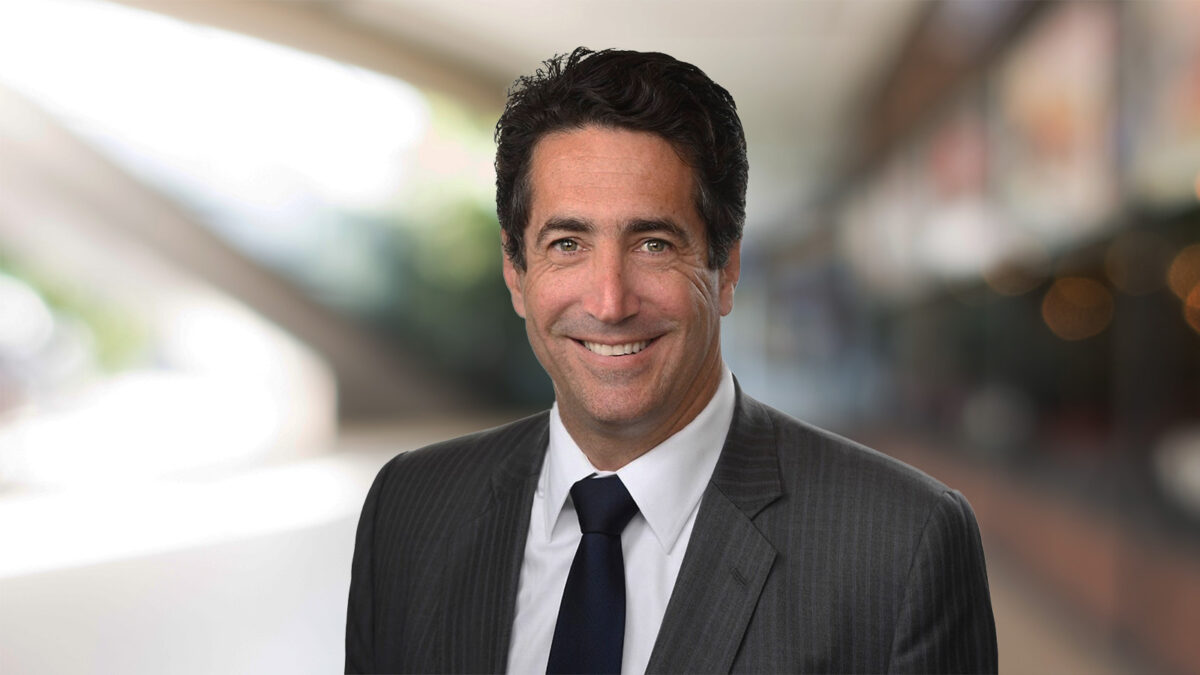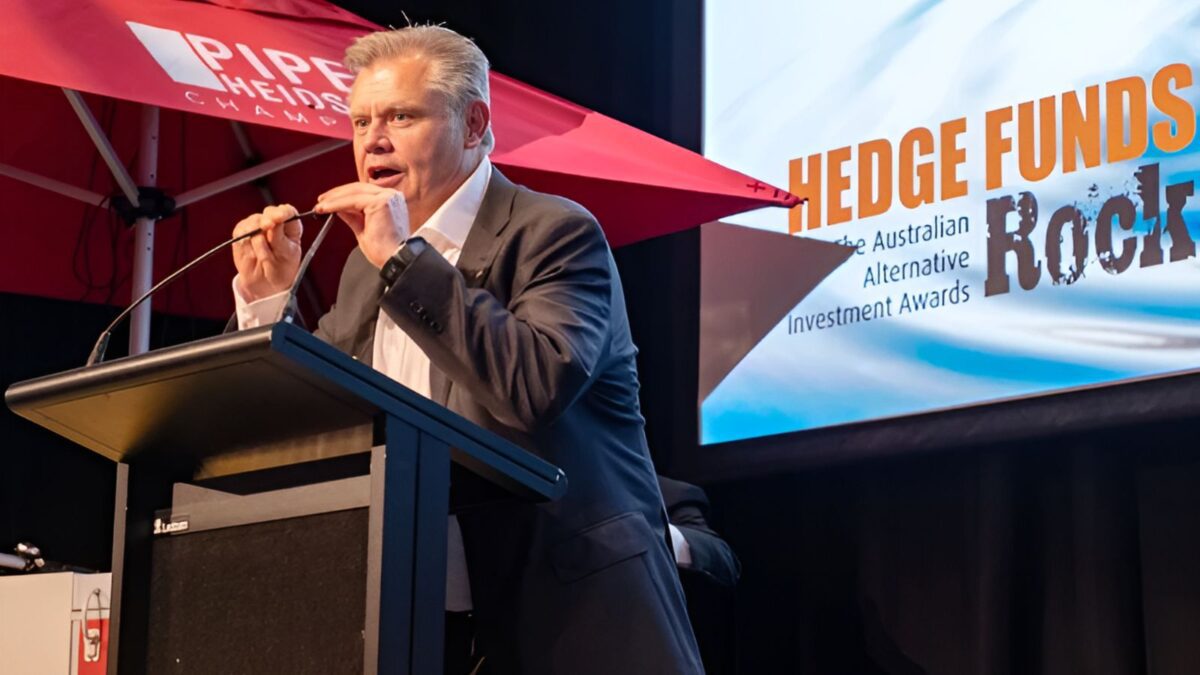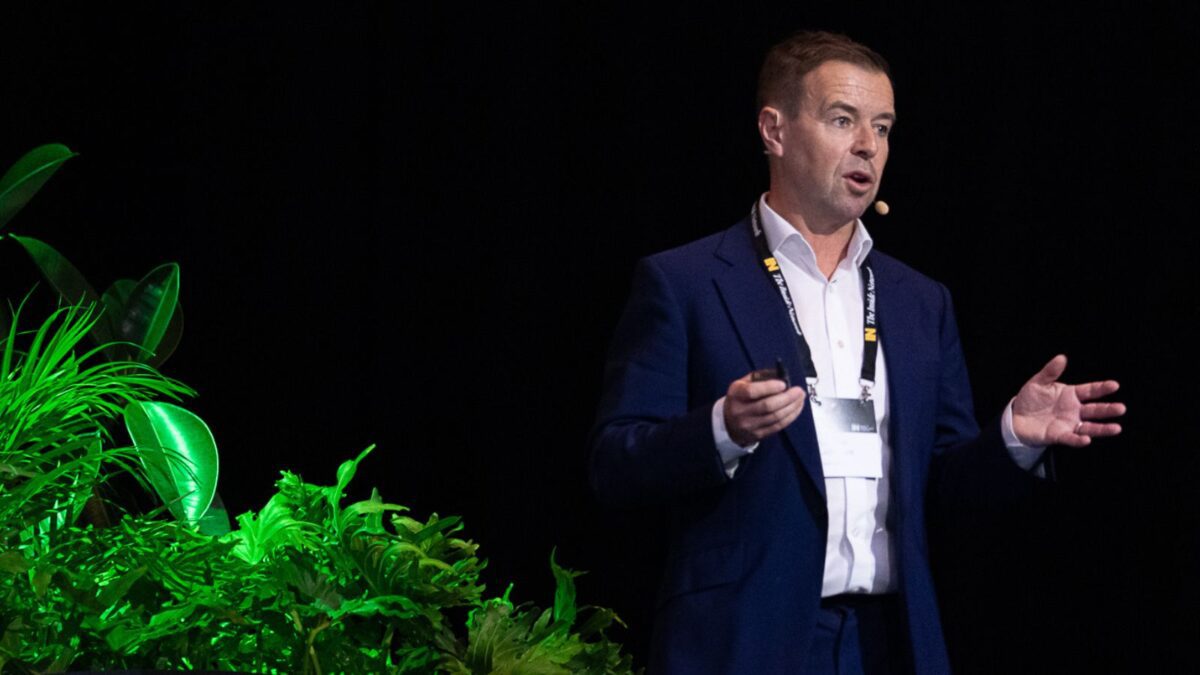Renewables opportunities ‘straight down the fairway’ for super funds
While every form of renewable energy comes with a slightly different price tag, but Cameron Brownjohn (pictured), CEO of private equity firm Federation, estimates the opportunity set as around $150 billion in just power generation – or “150 billion things to do this decade alone”.
“There’s a profound opportunity set,” Brownjohn says. “In generation alone, In this decade-ish there’s about 27 gigawatts of coal-fired power stations that have to be retired. And you can’t replace a coal-fired power station one for one with a wind farm or a solar farm.
“It’s not sunny at night and it’s not windy all the time. You need to build more than 27 gigawatts of batteries and wind farms and solar farms and Snowy Hydros. You need to build redundancy into the system; you need about 80 gigawatts of renewable energy.”
That’s without getting into the tangential opportunities like batteries, smart grids, transmission and service businesses. There’s plenty do, Brownjohn says, and low cost of capital opportunities that should be “straight down the fairway” for super funds.
Federation co-owns wind farm developer Windlab – the former CSIRO wind science division – with Andrew Forrest’s Squadron Energy, as well as 90 per cent of the equity in the Riverina Energy Storage System, a 150 megawatt battery, with half the energy contracted to Shell for 12 years inflation-linked and the other half to Energy Australia for 10 years inflation-linked.
“Think of it as a building where they’re my tenant,” Brownjohn says. “What are they doing with the battery? Whatever they want. We just own the battery. They can use it, they can fill it up, they can draw it down. They can take the power arbitrage bit or just use the battery or maybe it’s insurance for when they need power for their own operations. I don’t care – they just pay me a kind of rental income stream.”
But the split of investors in Federation’s funds is heavily weighted to international institutions, for reasons as various as fees – which Federation has designed solutions for – and its relatively short history, though super funds have invested in Synergis, its unlisted open-ended housing trust investing in disability housing.
“The NDIS pays the rent – it’s set aside a budget for what’s called specialist disability accommodation, and we get paid indirectly through the occupant claiming their allocation from the NDIS,” Brownjohn says. “Funds are increasingly alive to the opportunity set here.”
“It’s 25,000 people with an unmet need, and that’s about an $11 billion asset class – about the same size as student accommodation, but better, because the government’s paying the rent. It’s non-discretionary versus a situation where maybe borders shut and international students don’t need your apartments anymore.”










